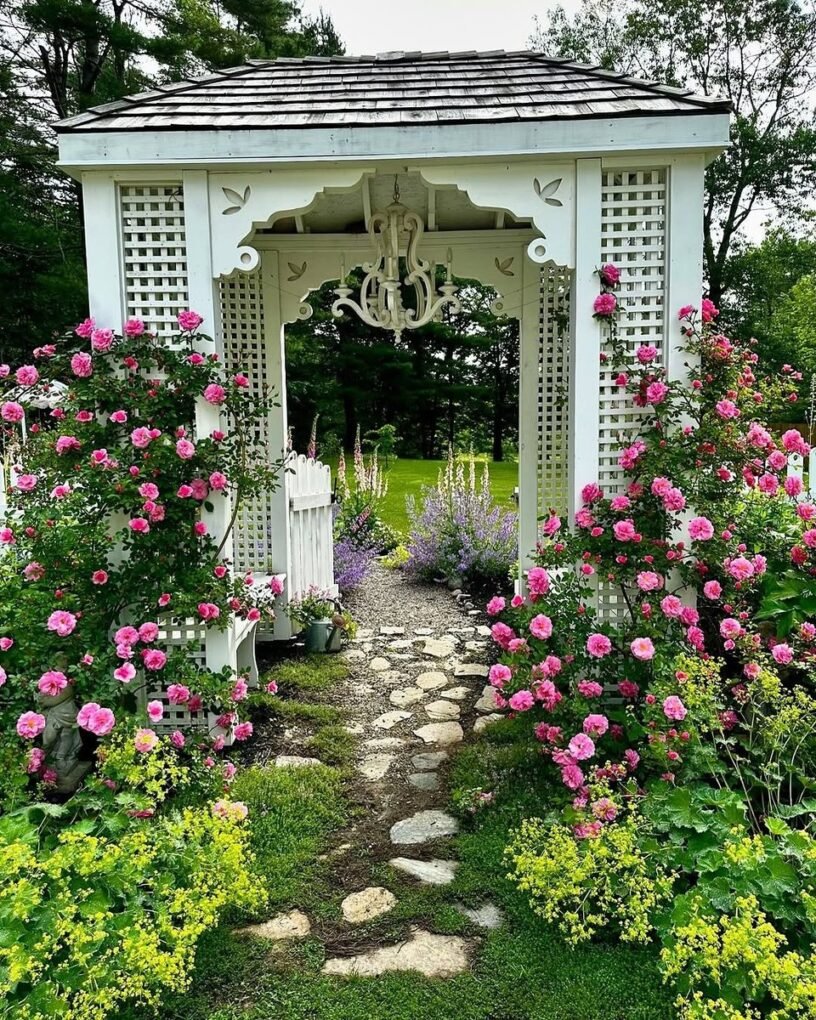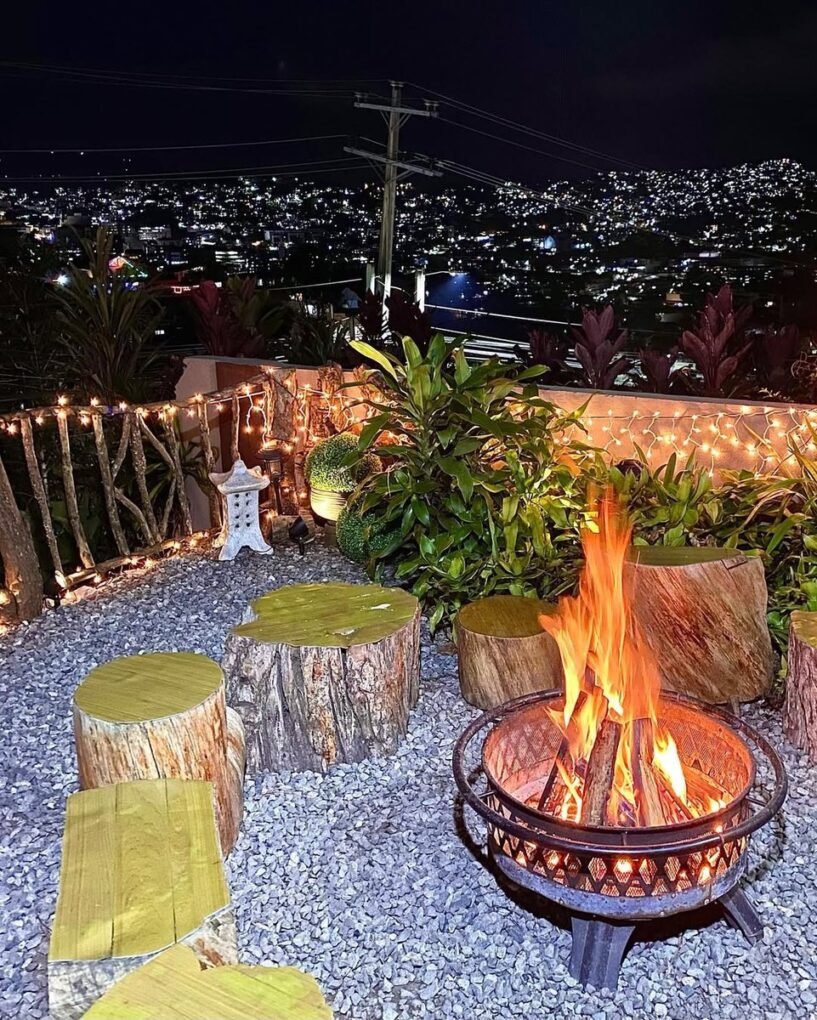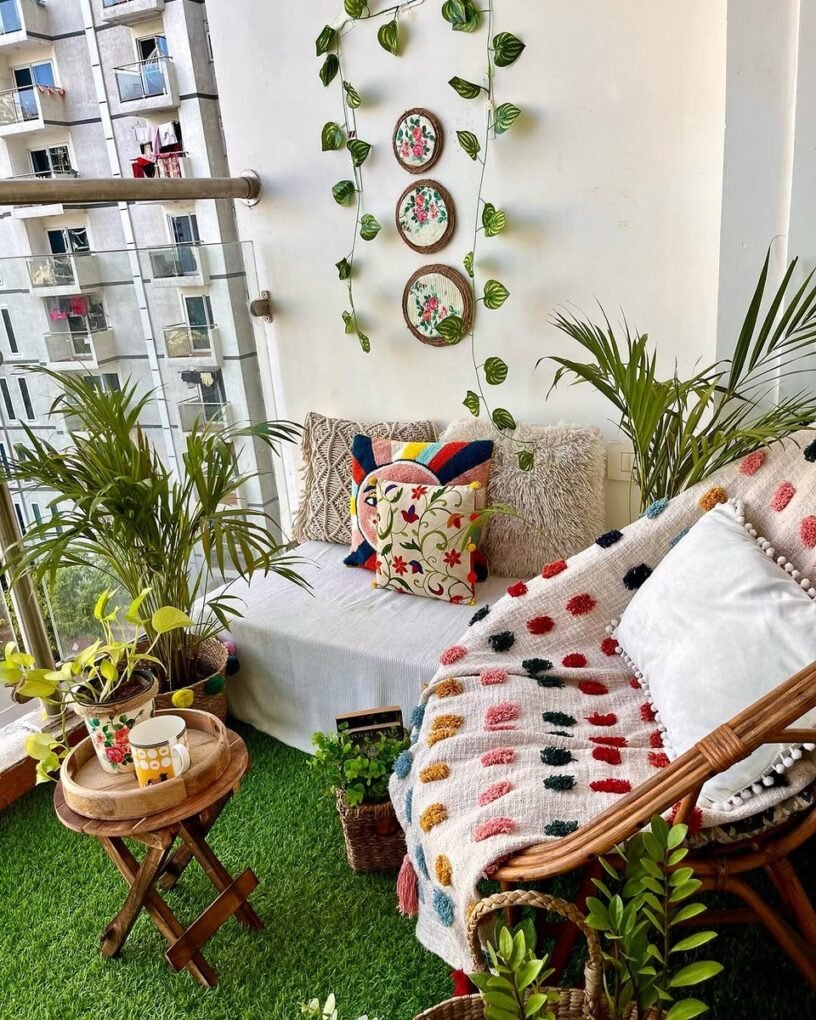The term "hydroponic gardening" refers to the practice of growing plants without the need of soil. Nutrients are dissolved in the water that surrounds the roots in hydroponic gardens, making it even easier for plants to get the nutrition they require. Hydroponics is the science of growing without soil. It entails growing healthy plants without utilizing standard soil media and instead relying on a nutrient such as a mineral-rich water solution. To thrive, a plant only requires a few nutrients, water, and sunshine.
Plants not only grow without soil, but their roots often thrive in water. Hydroponics is a method of growing crops without using soil, instead using a different medium to support the plant's roots and growing them directly in nutrient-rich water. Plants that are grown in well-managed hydroponic systems are thriving. Plants spend more time growing upward and less time and energy establishing huge root systems to look for nourishment since their roots are drenched in all the nutrients they require. Hydroponics allows plants to develop up to 50% quicker than they would in soil by delivering constant and easily available nourishment. A hydroponic garden can also provide fresh produce throughout the year.

Hydroponics is a method of growing plants without the use of soil or the constraints of space or temperature. Plants in the conventional farming system rely on soil for all of their nutritional requirements. A hydroponic garden, on the other hand, delivers all of these nutrients without the use of sunshine, soil, or additional labour, allowing growers to gain efficiency and enjoy enormous food harvests. Plants grow in a soilless medium instead of dirt. Rockwool, coconut fibre, and other like materials are examples of such mediums.
The hydroponics growing medium, like the soil medium, provides a form of anchoring or foundation for the roots. For hydroponics nutrition systems, ready-to-use store-bought solutions can be utilised, or you can develop your own custom solutions for different types of crops depending on the chemical elements the plants require the most. Hydroponics is frequently used to cultivate crops in a controlled environment since it has several advantages. Controlling and maintaining pH, CO2, heat, air circulation, nutrients delivery, water needs, temperature, and lighting scheme are all advantages that assist farmers increase crop yield. Here are some tips on how to start a hydroponic garden. Starting a hydroponic garden has some simple steps, which are-
1. Choose The Plants-
The first step in creating a hydroponic garden is deciding which plants you want to grow. This option will influence the sort of hydroponic system you employ, as well as the lighting and space requirements. For some plants, some hydroponic systems/setups work better than others.
2. Choosing A Hydroponic System-
Choosing a hydroponic system is an important step in starting your hydroponic garden. There are various sorts of hydroponic systems from which to choose. The optimal hydroponic system for your garden will depend on a few criteria. The amount of space you have, the sort of plants you want to grow, your budget, and the amount you want to grow all play a role in the hydroponics system you choose.

3. Growth Medium-
You'll need to decide what type of grow medium you want and what will work best with your system before you start your hydroponic garden. The sort of grow media you utilise is determined by the plants you'll be growing and the hydroponic system you'll be employing.
4. Light Source-
This step can be skipped if you're using natural light. Install a light lamp above the growing tray if necessary. If you're using incandescent lights, place them away from the plants. LED and fluorescent lights are less hot, so set them, little far away from the plants.
5. Nutrient Supplements-
You'll need to employ hydroponic nutrients, which include a mix of primary, secondary, and micronutrients. Hydroponic nutrients differ from nutrients (fertilizers) used to feed soil-grown plants for a variety of reasons. Keep it basic if you're not already experienced with hydroponics. Use a tried-and-true formula from a reputable producer.
6. Storage Container-
Many people find that deeper storage containers and buckets work well for these systems since the more stable the nutrient solution is, the deeper the reservoir of water is. In smaller reservoirs, nutrient concentration and pH fluctuations are more common, and you'll have to top up the water more frequently.

7. Installing Water Drip System-
The drip method is very easy to use. It works by pumping fertilizer solution through a drip line at the plant's base using a timer. The drip lines, rather, than dripping of water straight to the roots, drop small amounts of water onto the plants. The water trickles back to the reservoir through the roots.
It's simple to start your own hydroponic garden. The secret is to plan ahead of time. Spending time laying out your hydroponic garden ahead of time will save you time and money in the long run. So that's how you may make your own simple hydroponic system at home. Some of the materials may already be in your possession.




